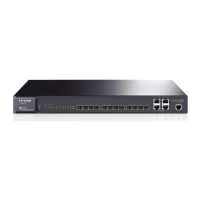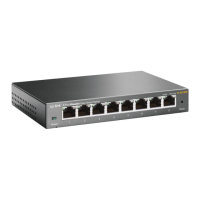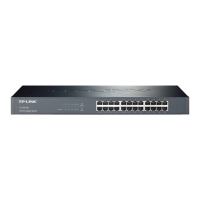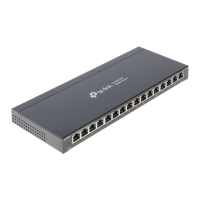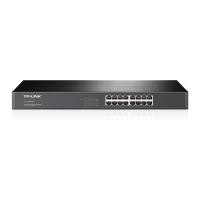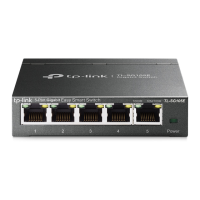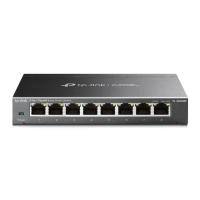Chapter Introduction
Chapter 12 SNMP This module is used to configure SNMP function to provide a
management frame to monitor and maintain the network devices.
Here mainly introduces:
SNMP Config: Configure global settings of SNMP function.
Notification: Configure notification function for the management
station to monitor and process the events.
RMON: Configure RMON function to monitor network more
efficiently.
Chapter 13 LLDP This module is used to configure LLDP function to provide
information for SNMP applications to simplify troubleshooting. Here
mainly introduces:
Basic Config: Configure the LLDP parameters of the device.
Device Info: View the LLDP information of the local device and its
neighbors
Device Statistics: View the LLDP statistics of the local device
Chapter 14 Cluster This module is used to configure cluster function to central manage
the scattered devices in the network. Here mainly introduces:
NDP: Configure NDP function to get the information of the directly
connected neighbor devices.
NTDP: Configure NTDP function for the commander switch to
collect NDP information.
Cluster: Configure cluster function to establish and maintain
cluster.
Chapter 15 Maintenance This module is used to assemble the commonly used system tools
to manage the switch. Here mainly introduces:
System Monitor: Monitor the memory and CPU of the switch.
Log: View configuration parameters on the switch.
Cable Test: Test the connection status of the cable connected to
the switch.
Loopback: Test if the port of the switch and the connected device
are available.
Network Diagnose: Test if the destination is reachable and the
account of router hops from the switch to the destination.
Chapter 16 System
Maintenance via FTP
Introduces how to download firmware of the switch via FTP
function.
Appendix A Specifications Lists the glossary used in this manual.
Appendix B Configure the PCs Introduces how to configure the PCs.
Appendix C 802.1X Client
Software
Introduces how to use 802.1X Client Software provided for
authentication.
5
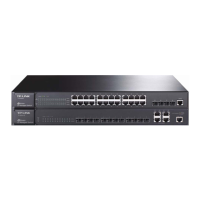
